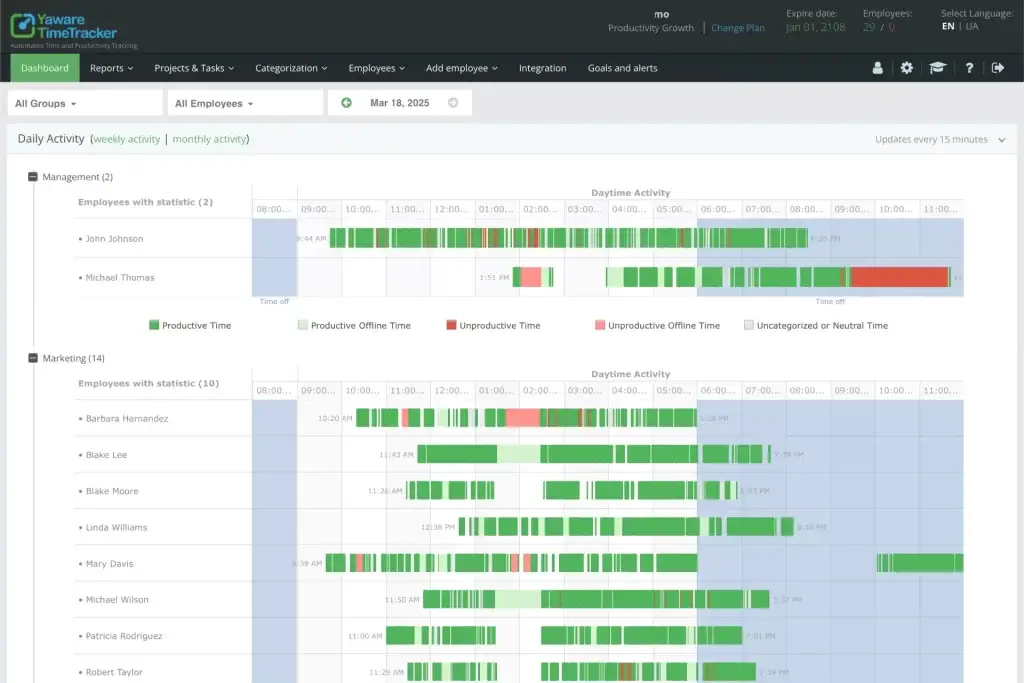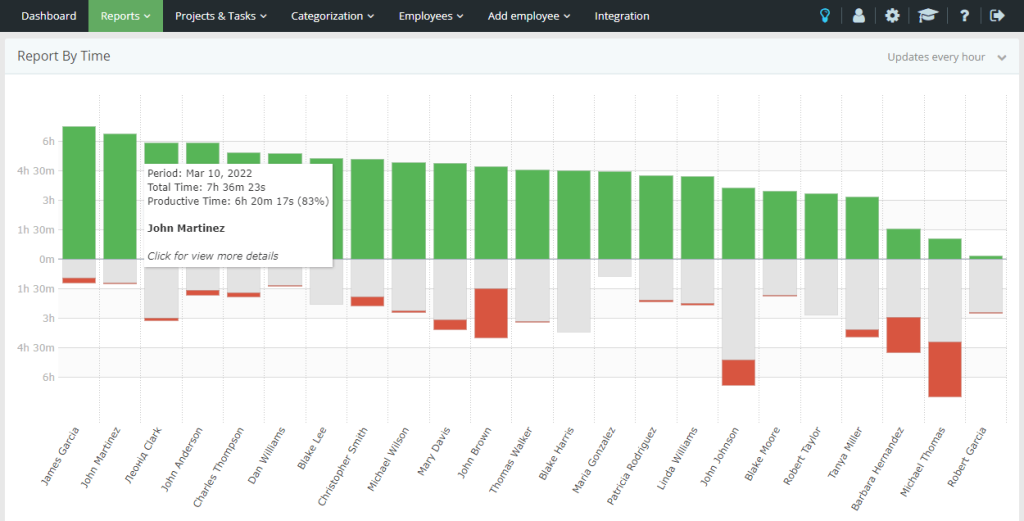Amazon just mandated five days in office. Goldman Sachs followed. 83% of CEOs plan full office returns by 2026. Combined cost? $2.3 trillion in real estate, relocation, and productivity losses. But Stanford research shows remote workers are 13% more productive. The disconnect is staggering: leaders are making trillion-dollar decisions based on gut feelings, not data.
The return-to-office trap that's costing billions
Most RTO mandates fail spectacularly because they solve the wrong problem.
CEOs assume office presence equals productivity. But presence isn't performance. One Fortune 500 company tracked actual output before and after their RTO mandate. Office productivity dropped 18% due to commute stress and meeting overload.
The real cost isn't just real estate. Top talent quits rather than commute. Amazon lost 73% of senior engineers after their announcement. Goldman Sachs saw 31% voluntary turnover in six months.
Meanwhile, companies doubling down on remote flexibility gain competitive advantage. They access global talent, slash overhead, and watch productivity soar.
What the productivity data actually shows
When you measure output instead of hours in chairs, remote work wins decisively.
Stanford's landmark study of 16,000 workers found 13% higher productivity for remote employees. They took shorter breaks, fewer sick days, and worked during peak energy hours instead of arbitrary 9-to-5 schedules.
Microsoft discovered their remote teams completed 20% more projects while reporting higher job satisfaction. The secret? Fewer interruptions, better focus time, and elimination of “productivity theater.”
But here's what shocked researchers: hybrid arrangements often performed worst. Employees spent office days in meetings and remote days actually working. The constant switching killed momentum.
Companies using objective productivity tracking see patterns invisible to traditional management. One tech firm discovered their “office stars” were actually least productive when measured by code commits and bug fixes.
The hidden costs everyone ignores
RTO mandates trigger a cascade of expenses that demolish any productivity gains.
Real estate costs skyrocket as companies lease larger spaces for inflexible schedules. Average cost per employee jumps from $8,000 to $18,000 annually when moving from remote to full office occupancy.
Talent acquisition becomes exponentially harder. Companies lose access to 87% of global talent pool when requiring daily office presence. Replacement costs for departed remote workers average $47,000 per position.
The productivity theatre costs are invisible but massive:
- 2.5 hours daily lost to commute and office “transition time”
- 40% more meetings scheduled just because people are co-located
- 67% increase in interruptions compared to focused remote work
- $3,200 annual productivity loss per employee due to office distractions
- 23% higher stress levels leading to more sick days and burnout
Geographic restrictions limit hiring to expensive metro areas, inflating salaries 35% above remote-first competitors.
How smart leaders use data instead of assumptions
Progressive companies measure productivity objectively rather than relying on office visibility.
They track output metrics: features shipped, revenue generated, customer satisfaction, project completion rates. Geography becomes irrelevant when results are crystal clear.
Shopify abandoned their Toronto headquarters and redistributed the $300M savings to employee productivity tools and global talent acquisition. Result? 40% revenue growth with 15% fewer office-based employees.
One multinational consulting firm switched to objective measurement using Yaware TimeTracker, discovering their remote teams actually delivered 22% more billable client value than office colleagues. The platform revealed real work patterns, peak productivity hours, and collaboration efficiency without micromanaging location.

The data reveals surprising insights: most “office networking” happens in Slack anyway. Spontaneous collaboration peaks Tuesday-Thursday, not Monday-Friday. Creative breakthroughs happen during focused deep work, not open office chaos.
Why the smartest money is betting on flexibility
Venture capital follows productivity data, not CEO preferences.
Remote-first companies receive 65% higher valuations than office-centric competitors. They demonstrate superior unit economics, global talent access, and operational efficiency.
The talent market has already decided. 72% of knowledge workers refuse jobs without remote options. Companies clinging to RTO mandates are fishing in a shrinking pool while paying premium prices.
McKinsey's analysis is brutal: companies forcing office returns will spend 40% more on talent acquisition and retention over the next five years. Their productivity-per-dollar will lag remote competitors by 28%.
Meanwhile, data-driven organizations are building sustainable competitive advantages. They measure what matters, optimize for results, and attract top performers who value autonomy over supervision.
The question for leaders: will you follow the $2.3 trillion crowd toward expensive mediocrity? Or will you use actual productivity data to build the future of work?

Start with 14 days of free productivity insights through Yaware.TimeTracker and see your team's real performance patterns. No surveillance, no micromanagement – just transparent data that helps both managers and employees optimize their work.
Because while you're mandating desks, your competitors are measuring results. And they're already winning.

